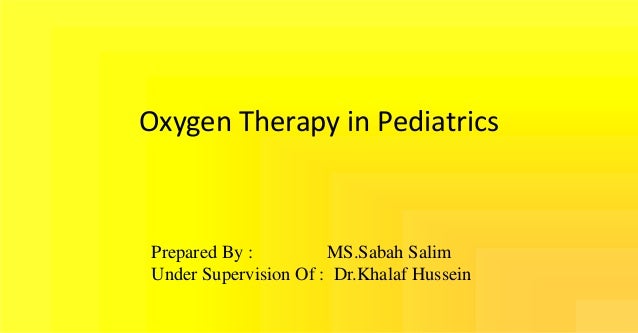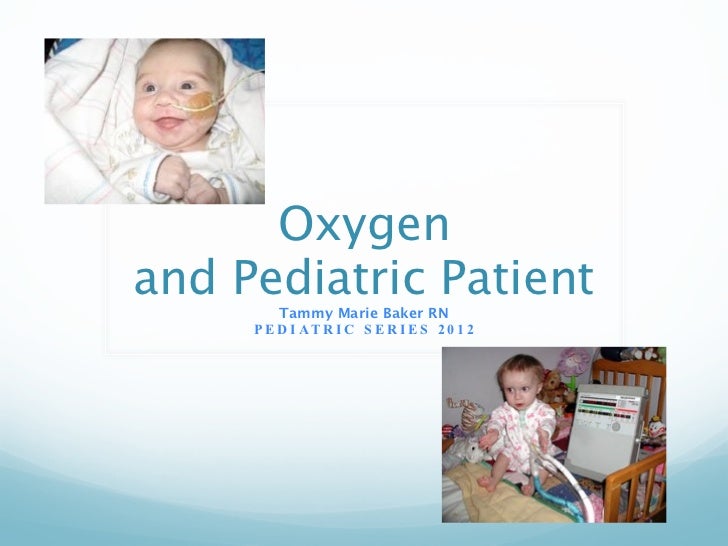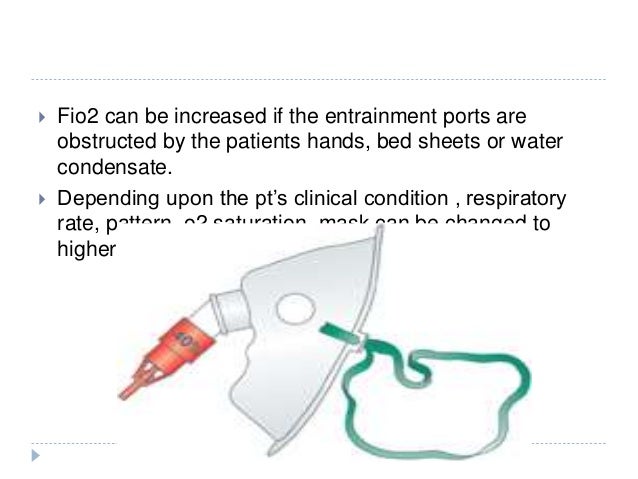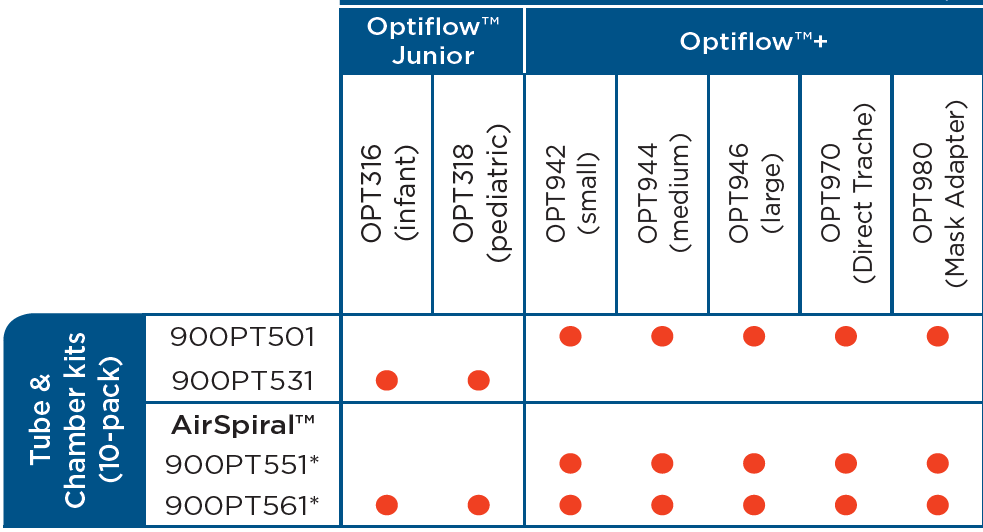Pediatric Oxygen Delivery Devices Ppt
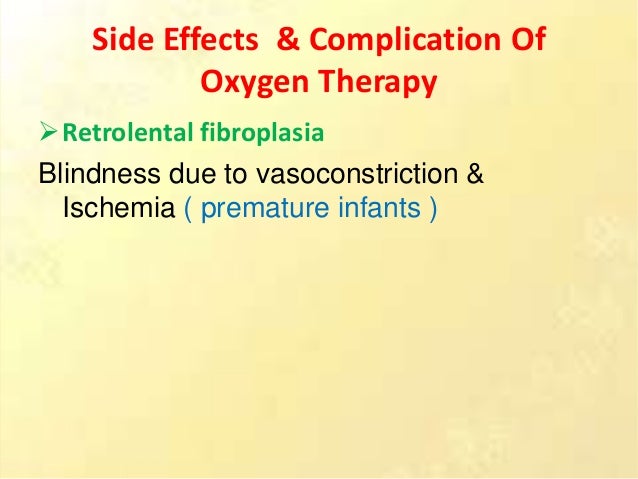
Child s size and tidal volume alter the oxygen concentration child receives despite same flow rate.
Pediatric oxygen delivery devices ppt. Reduce the work of breathing. Variability in the use of delivery devices suggesting that clinicians often lack adequate knowledge in the use of oxygen delivery equip. Indications of o2 therapy 1. Selection of an oxygen delivery device for neonatal and pediatric patients 2002 revision update.
This comprehensive review begins with an assessment of need and a review of physiologic effects potential toxicities and common delivery devices and it ends with advances in oxygen therapy with a focus on the. The oxygen delivery characteristics of the hudson oxy one face mask. Ensure adequate clearance of secretions and limit the adverse events of hypothermia and insensible water loss by use of optimal humidification dependent on mode of oxygen delivery. Oxygen delivery devices 1.
Performance characteristics may vary. Blenders may be used to wean oxygen titration of flow rates. Most commonly used oxygen delivery device. Milross j young ih donnelly p.
Little consensus existed in the pediatric patient population on the parameters defining hfnc but for our discussion hfnc is classified as a fixed performance oxygen delivery system that is capable of delivering a specific oxygen concentration at flows that meet or exceed the inspiratory flow demand of the patient. Give oxygen therapy in a way which prevents excessive co 2 accumulation i e. Withholding oxygen can have a detrimental effect yet continuing to provide oxygen therapy when it is no longer indicated can prolong hospitalization and increase the cost of care. Selection of the appropriate flow rate and delivery device.
84 this type of oxygen delivery device is composed of traditional nasal. Inadequate oxygen delivery and vice versa. Other factors that complicate achievement of oxygen therapy goals include pa tient size and tolerance of delivery devices. Maximum oxygen flow should not exceed 4 l min.
Documented hypoxemia in adults children and infants older than 28 days arterial oxygen tension pao2 of 60 mmhg or arterial oxygen saturation sao2 of 90 in subjects breathing room air or with pao2 and or sao2 below desirable range for specific clinical situation in neonates pao2 50. May cause drying of nasal mucous. Provide a constant fio2 by delivering the gas at flow rates that exceed the patient s peak inspiratory flow rate and by using devices that entrain a. Myers tr american association for respiratory care aarc.
Pulse dose oxygen delivery devices and demand oxygen delivery systems have been shown to be effective in resting exercising and sleeping patients. Long term oxygen therapy has been shown to improve survival and decrease the hospitalization rates in patients with copd. Oxygen delivery devices dr.
